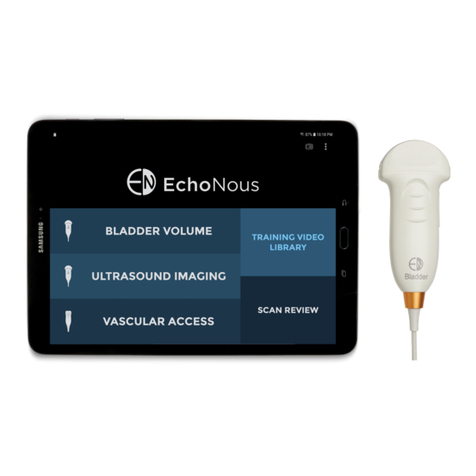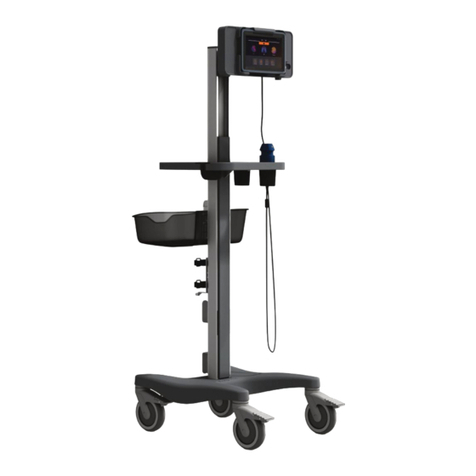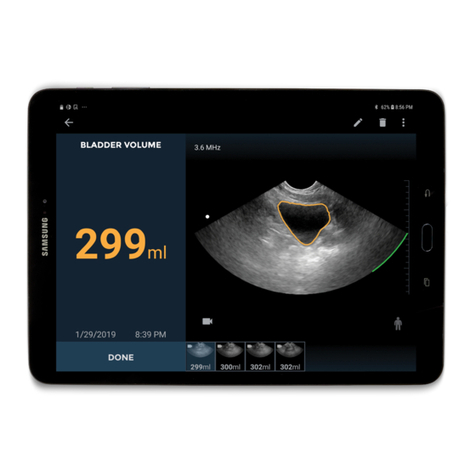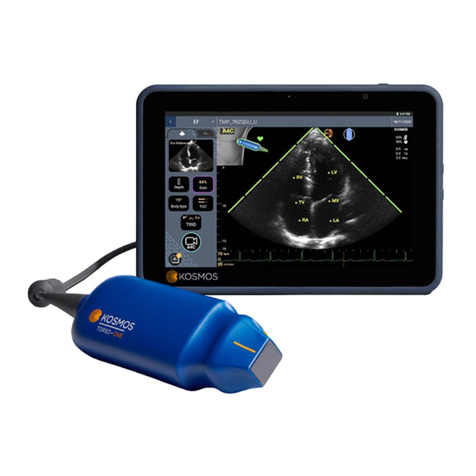EchoNous KOSMOS User manual




















Other manuals for KOSMOS
4
Table of contents
Other EchoNous Medical Equipment manuals

EchoNous
EchoNous EchoNous Bladder User manual

EchoNous
EchoNous Uscan User manual

EchoNous
EchoNous Kosmos Grab and Go on AI Stand User manual

EchoNous
EchoNous KOSMOS User manual

EchoNous
EchoNous Kosmos AI Station 2 User manual

EchoNous
EchoNous Kosmos Torso-One User manual

EchoNous
EchoNous Uscan User manual

EchoNous
EchoNous KOSMOS User manual

EchoNous
EchoNous KOSMOS User manual
Popular Medical Equipment manuals by other brands

Getinge
Getinge Arjohuntleigh Nimbus 3 Professional Instructions for use

Mettler Electronics
Mettler Electronics Sonicator 730 Maintenance manual

Pressalit Care
Pressalit Care R1100 Mounting instruction

Denas MS
Denas MS DENAS-T operating manual

bort medical
bort medical ActiveColor quick guide

AccuVein
AccuVein AV400 user manual











